List of critically endangered mammals on:
[Wikipedia]
[Google]
[Amazon]
 As of January 2020, the
As of January 2020, the
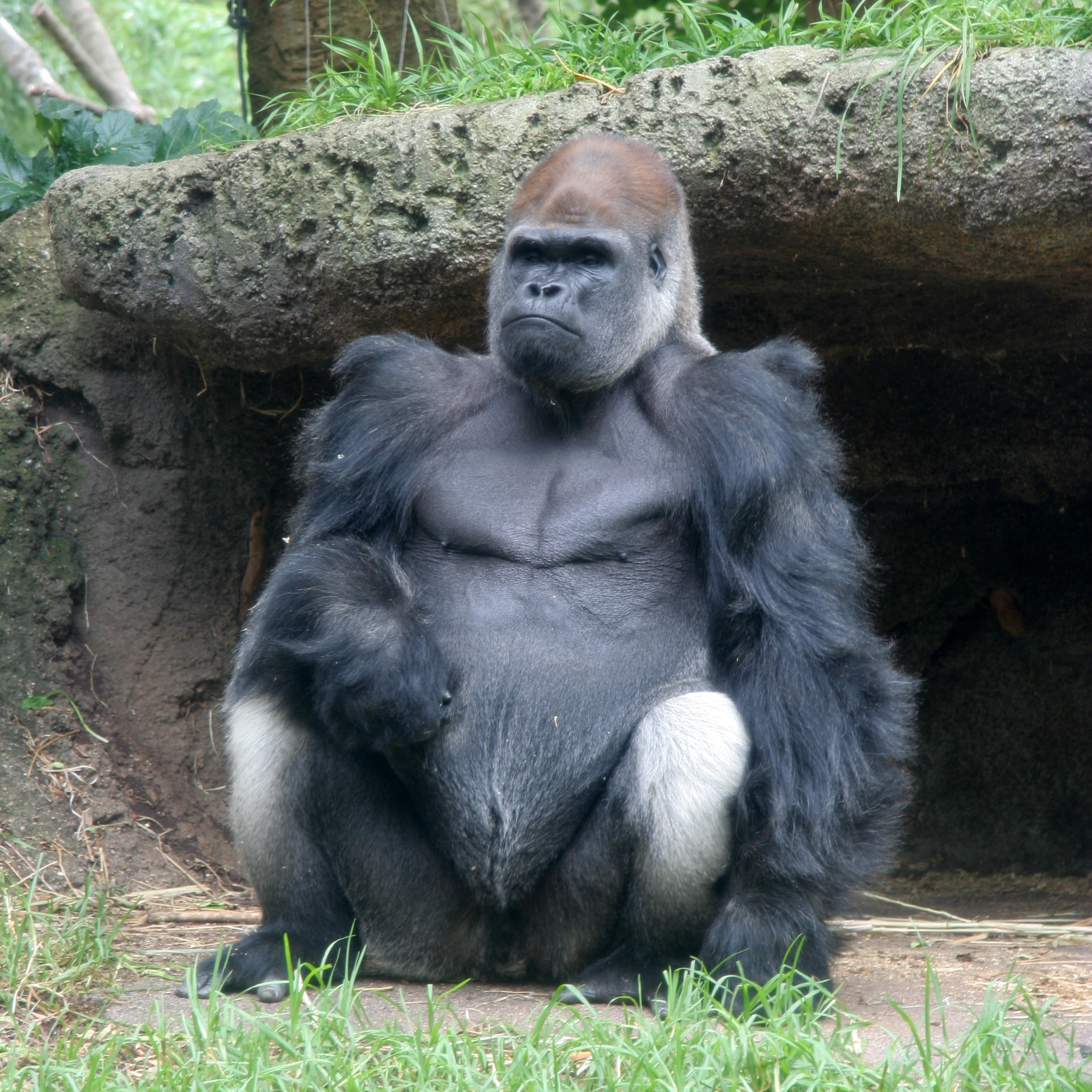
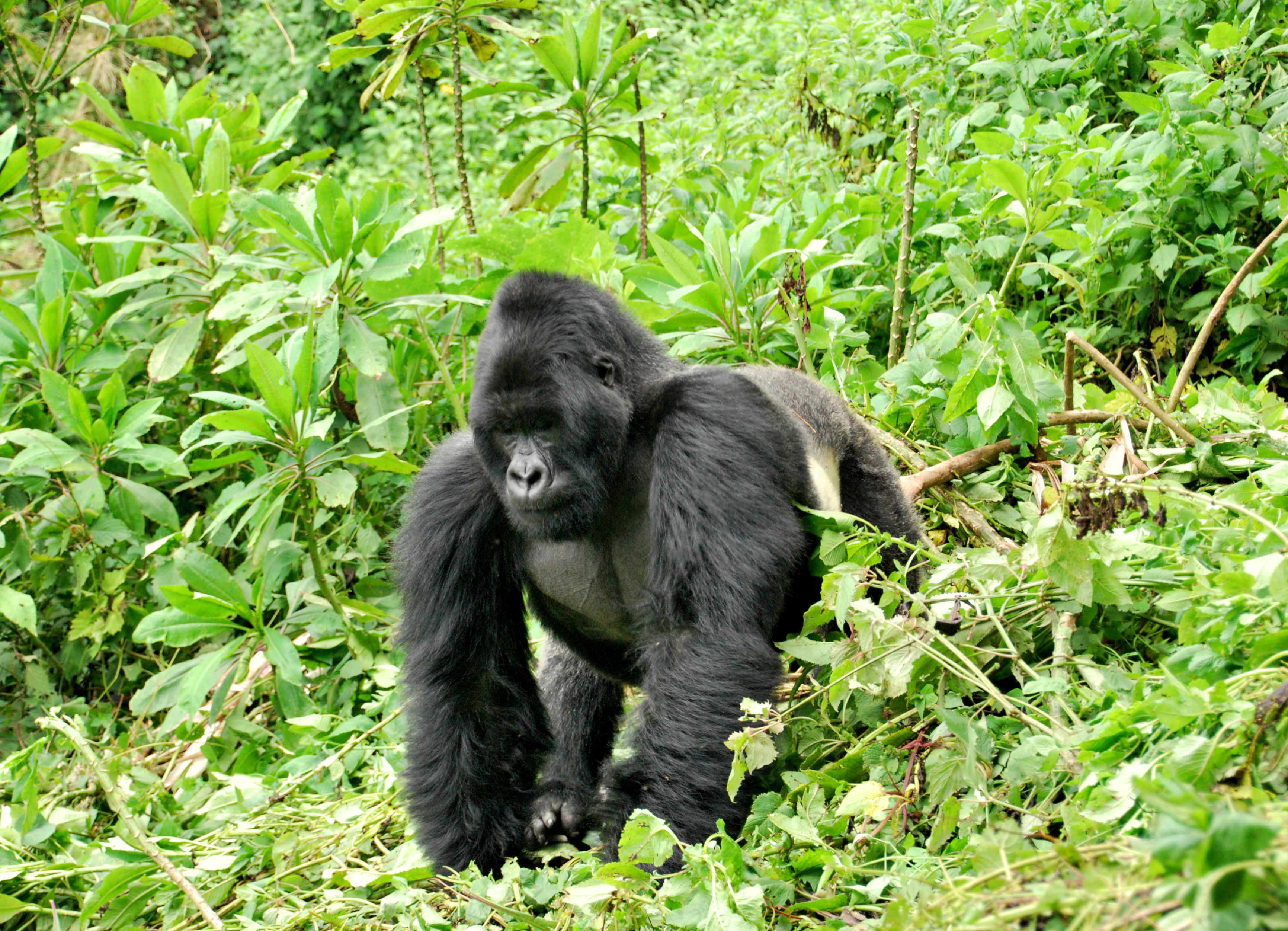


 Species
Subspecies
Species
Subspecies
 Species
Subspecies
Species
Subspecies
 Species
Subspecies
Species
Subspecies
 Subspecies
Subspecies
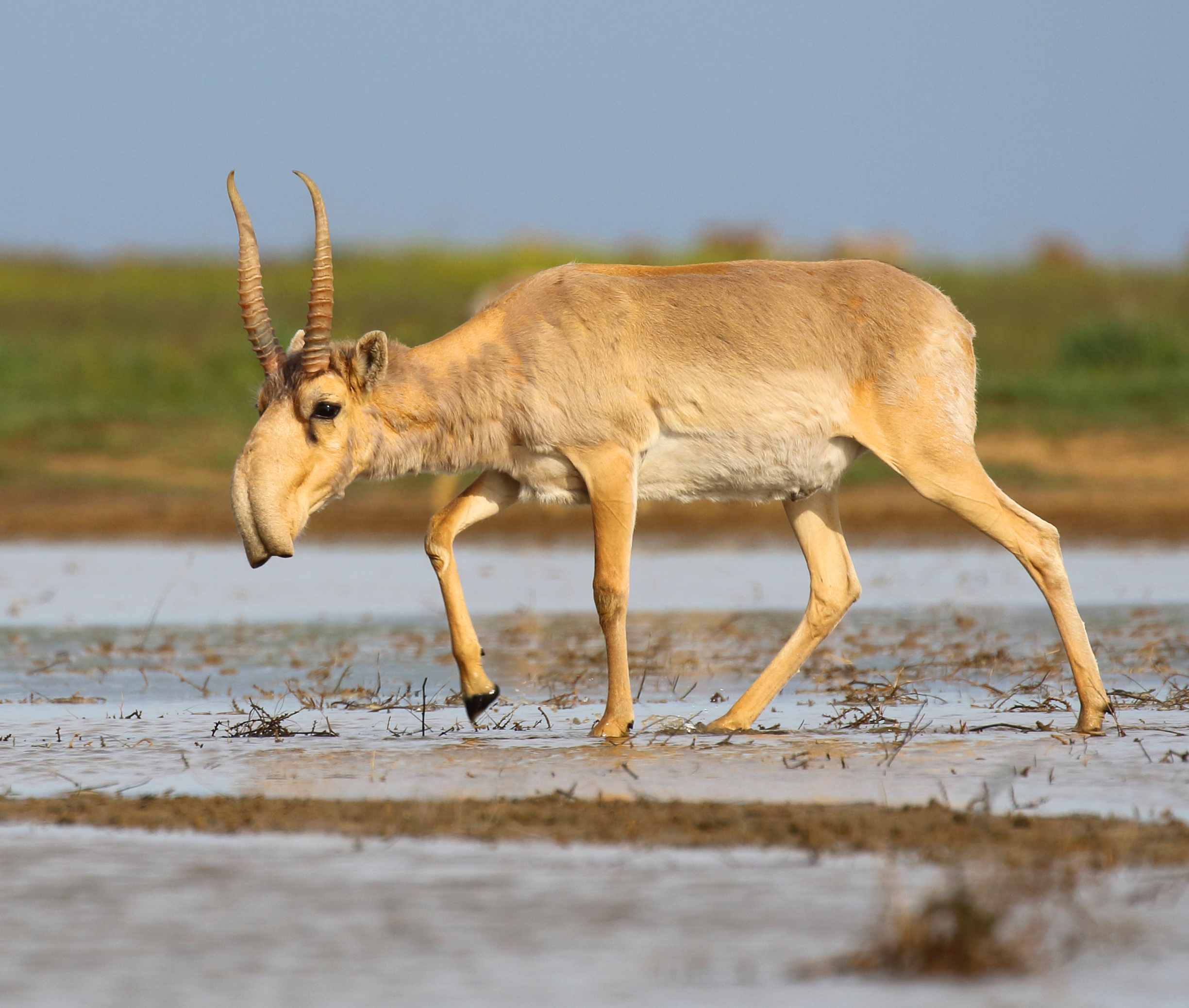
 Species
Subspecies
Species
Subspecies

 Species
Subspecies
Subpopulations
Species
Subspecies
Subpopulations
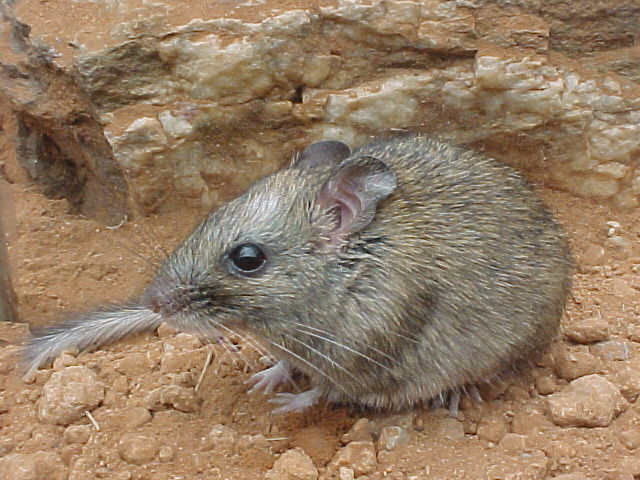

* Mount Kahuzi climbing mouse
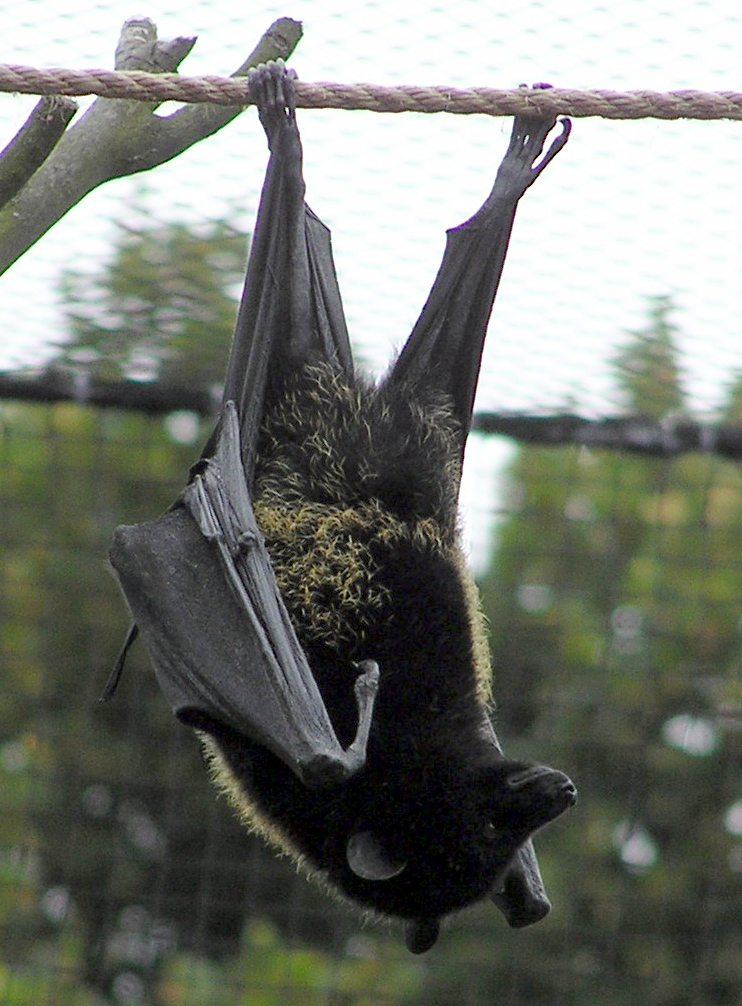
 Species
Subspecies
*
Species
Subspecies
*
International Union for Conservation of Nature
The International Union for Conservation of Nature (IUCN; officially International Union for Conservation of Nature and Natural Resources) is an international organization working in the field of nature conservation and sustainable use of natu ...
(IUCN) listed 203 critically endangered mammalian
Mammals () are a group of vertebrate animals constituting the class (biology), class Mammalia (), characterized by the presence of mammary glands which in Female#Mammalian female, females produce milk for feeding (nursing) their young, a ...
species, including 31 which are tagged as possibly extinct. Of all evaluated mammalian species, 3.5% are listed as critically endangered.
The IUCN also lists 60 mammalian subspecies as critically endangered.
Of the subpopulations of mammals evaluated by the IUCN, 18 species subpopulations have been assessed as critically endangered.
Additionally 900 mammalian species (15% of those evaluated) are listed as data deficient
A data deficient (DD) species is one which has been categorized by the International Union for Conservation of Nature (IUCN) as offering insufficient information for a proper assessment of conservation status to be made. This does not necessaril ...
, meaning there is insufficient information for a full assessment of conservation status. As these species typically have small distributions and/or populations, they are intrinsically likely to be threatened, according to the IUCN. While the category of data deficient indicates that no assessment of extinction risk has been made for the taxa, the IUCN notes that it may be appropriate to give them "the same degree of attention as threatened taxa, at least until their status can be assessed".
This is a complete list of critically endangered mammalian species and subspecies evaluated by the IUCN. Species considered possibly extinct by the IUCN are marked as such. Species and subspecies which have critically endangered subpopulations (or stocks) are indicated. Where possible common names for taxa are given while links point to the scientific name used by the IUCN.
Primates
There are 63 species and 37 subspecies ofprimates
Primates are a diverse order of mammals. They are divided into the strepsirrhines, which include the lemurs, galagos, and lorisids, and the haplorhines, which include the tarsiers and the simians (monkeys and apes, the latter including huma ...
assessed as critically endangered.
Gibbons Gibbons may refer to:
* The plural of gibbon, an ape in the family Hylobatidae
* Gibbons (surname)
* Gibbons, Alberta
* Gibbons (automobile), a British light car of the 1920s
* Gibbons P.C., a leading American law firm headquartered in New Jersey
...
Species
Great apes
The Hominidae (), whose members are known as the great apes or hominids (), are a taxonomic family of primates that includes eight extant species in four genera: '' Pongo'' (the Bornean, Sumatran and Tapanuli orangutan); ''Gorilla'' (the east ...




 Species
Subspecies
Species
Subspecies
Lemurs
Lemurs ( ) (from Latin ''lemures'' – ghosts or spirits) are wet-nosed primates of the superfamily Lemuroidea (), divided into 8 families and consisting of 15 genera and around 100 existing species. They are endemic to the island of Madagasc ...
 Species
Subspecies
Species
Subspecies
Tarsiers
Tarsiers ( ) are haplorhine primates of the family Tarsiidae, which is itself the lone extant family within the infraorder Tarsiiformes. Although the group was once more widespread, all of its species living today are found in Maritime Southeast ...
Species
*Siau Island tarsier
The Siau Island tarsier (''Tarsius tumpara'') is a species of tarsier from the tiny volcanic island of Siau Island, Siau in Indonesia. The ''T. tumpara'' species is one of 14 species and 7 subspecies in the tarsier family called "Tarsiidae". They ...
Subspecies
* Natuna Islands tarsier
Old World monkeys
Old World monkey is the common English name for a family of primates known taxonomically as the Cercopithecidae (). Twenty-four genera and 138 species are recognized, making it the largest primate family. Old World monkey genera include baboons ...
 Species
Subspecies
Species
Subspecies
New World monkeys
New World monkeys are the five families of primates that are found in the tropical regions of Mexico, Central and South America: Callitrichidae, Cebidae, Aotidae, Pitheciidae, and Atelidae. The five families are ranked together as the Ceboidea ( ...
Species
Subspecies
Lorisoidea
Lorisoidea is a superfamily of nocturnal primates found throughout Africa and Asia. Members include the galagos and the lorisids. As strepsirrhines, lorisoids are related to the lemurs of Madagascar and are sometimes included in the infraorder Le ...
*Javan slow loris
The Javan slow loris (''Nycticebus javanicus'') is a strepsirrhine primate and a species of slow loris native to the western and central portions of the island of Java, in Indonesia. Although originally described as a separate species, it was co ...
Odd-toed ungulates
Species Subspecies
Subspecies
Cetartiodactyls
Cetartiodactyla
The even-toed ungulates (Artiodactyla , ) are ungulates—hoofed animals—which bear weight equally on two (an even number) of their five toes: the third and fourth. The other three toes are either present, absent, vestigial, or pointing poster ...
includes dolphins, whales and even-toed ungulates. There are 15 species, nine subspecies, and nine subpopulations of cetartiodactyl assessed as critically endangered.Non-cetacean even-toed ungulates

 Species
Subspecies
Species
Subspecies
Cetaceans
Cetacea (; , ) is an infraorder of aquatic mammals that includes whales, dolphins, and porpoises. Key characteristics are their fully aquatic lifestyle, streamlined body shape, often large size and exclusively carnivorous diet. They propel them ...
Species
*Baiji
The baiji (; IPA: ; ''Lipotes vexillifer'', ''Lipotes'' meaning "left behind" and ''vexillifer'' "flag bearer") is a possibly extinct species of freshwater dolphin native to the Yangtze river system in China. It is thought to be the first dolph ...
(possibly extinct)
*Vaquita
The vaquita ( ; ''Phocoena sinus'') is a species of porpoise endemic to the northern end of the Gulf of California in Baja California, Mexico. Averaging (females) or (males) in length, it is the smallest of all living cetaceans. The species i ...
*Rice's whale
Rice's whale (''Balaenoptera ricei''), also known as the Gulf of Mexico whale, is a species of baleen whale endemic to the northern Gulf of Mexico. Initially identified as a Population ecology, subpopulation of the Bryde's whale, genetics, genet ...
*North Atlantic right whale
The North Atlantic right whale (''Eubalaena glacialis'') is a baleen whale, one of three right whale species belonging to the genus ''Eubalaena'', all of which were formerly classified as a single species. Because of their docile nature, their ...
* Atlantic humpback dolphin
Subspecies
Subpopulations
Marsupials
Carnivora

 Species
Subspecies
Subpopulations
Species
Subspecies
Subpopulations
Eulipotyphla
Lagomorpha
Rodents
There are 58 species and one subspecies ofrodent
Rodents (from Latin , 'to gnaw') are mammals of the order Rodentia (), which are characterized by a single pair of continuously growing incisors in each of the upper and lower jaws. About 40% of all mammal species are rodents. They are na ...
assessed as critically endangered.
Hystricomorpha
The term Hystricomorpha (from Greek ὕστριξ, ''hystrix'' 'porcupine' and Greek μορφή, ''morphē'' 'form') has had many definitions throughout its history. In the broadest sense, it refers to any rodent (except dipodoids) with a hystr ...
Myomorpha
The suborder Myomorpha contains 1,524 species of mouse-like rodents, nearly a quarter of all mammal species. Included are mice, rats, gerbils, hamsters, lemmings, and voles. They are grouped according to the structure of their jaws and molar ...
There are 37 species in Myomorpha assessed as critically endangered.

Murids
In Sufism, a ''murīd'' (Arabic مُرِيد 'one who seeks') is a novice committed to spiritual enlightenment by ''sulūk'' (traversing a path) under a spiritual guide, who may take the title murshid, '' pir'' or ''shaykh''. A ''sālik'' or Su ...

Castorimorpha
Castorimorpha is the suborder of rodents containing the beavers and the kangaroo rats. A 2017 study using retroposon markers indicated that they are most closely related to the Anomaluromorpha (the scaly-tailed squirrels and the springhare) and ...
Species
Subspecies
*Alcorn's pocket gopher
Alcorn's pocket gopher (''Pappogeomys bulleri alcorni'') is a subspecies of rodent in the family Geomyidae. It is endemic to Mexico. Its natural habitat
In ecology, the term habitat summarises the array of resources, physical and biotic ...
Sciuromorpha
Sciuromorpha ("squirrel-like") is a rodent clade that includes several different rodent families. It includes all members of the Sciuridae (the squirrel family) as well as the mountain beaver species.
Traditionally, the term has been defined on ...
*Namdapha flying squirrel
The Namdapha flying squirrel (''Biswamoyopterus biswasi'') is an arboreal, nocturnal flying squirrel endemic to Arunachal Pradesh in northeast India, where it is known from a single specimen collected in Namdapha National Park in 1981. No po ...
*Vancouver Island marmot
The Vancouver Island marmot (''Marmota vancouverensis'') naturally occurs only in the high mountains of Vancouver Island, in British Columbia. This particular marmot species is large compared to some other marmots, and most other rodents. Marmots ...
Bats

Other mammals
 Species
Subspecies
*
Species
Subspecies
*Sumatran elephant
The Sumatran elephant (''Elephas maximus sumatranus'') is one of four recognized subspecies of the Asian elephant, and native to the Indonesian island of Sumatra. In 2011, IUCN upgraded the conservation status of the Sumatran elephant from endang ...
Subpopulations
*Juliana's golden mole
Juliana's golden mole (''Neamblysomus julianae'') is a golden mole endemic to South Africa. It is listed as an endangered species due to habitat loss and a restricted range. Golden moles are an ancient group of mammals that live mostly below gro ...
(1 subpopulation)
See also
*Lists of IUCN Red List critically endangered species
Version 2014.2 of the IUCN Red List of Threatened Species identified 4574 Critically Endangered species, subspecies and varieties, stocks and subpopulations.
For IUCN lists of critically endangered species by kingdom, see:
*Animals (kingdom ...
* List of least concern mammals
* List of near threatened mammals
As of September 2016, the International Union for Conservation of Nature (IUCN) lists 343 near threatened mammalian species. 6.2% of all evaluated mammalian species are listed as near threatened.
The IUCN also lists 31 mammalian subspecies as ...
* List of vulnerable mammals
As of September 2016, the International Union for Conservation of Nature (IUCN) lists 529 Vulnerable species, vulnerable Mammalia, mammalian species. 9.6% of all evaluated mammalian species are listed as vulnerable.
The IUCN also lists 53 mamm ...
* List of endangered mammals
As of September 2016, the International Union for Conservation of Nature (IUCN) lists 474 endangered mammalian species. 8.6% of all evaluated mammalian species are listed as endangered.
The IUCN also lists 86 mammalian subspecies as endangered ...
* List of recently extinct mammals
Recently extinct mammals are defined by the International Union for Conservation of Nature (IUCN) as any mammals that have become Extinction, extinct since the year 1500 Current Era, CE. Since then, roughly 80 mammal species have become extin ...
* List of data deficient mammals
As of September 2016, the International Union for Conservation of Nature (IUCN) lists 783 data deficient mammalian species. 14% of all evaluated mammalian species are listed as data deficient.
The IUCN also lists 30 mammalian subspecies as data ...
References
* *Mammals Critically endangered mammals Critically endangered mammals Mammal conservation {{bots, deny=BG19bot,Yobot